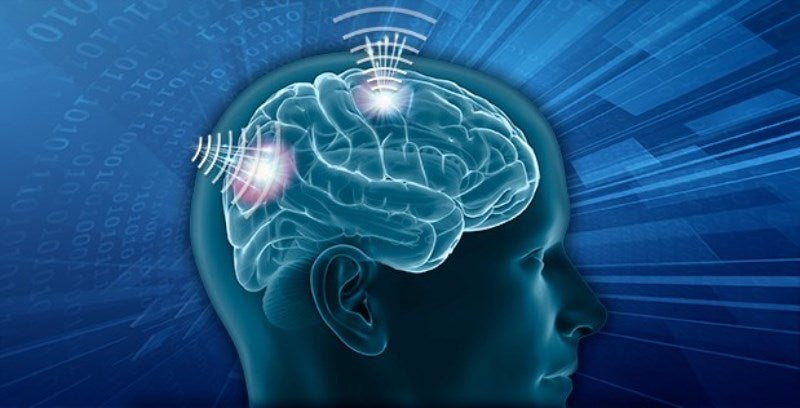
A team led by US science and technology development firm Battelle has won a contract from the Defense Advanced Research Projects Agency (DARPA) for its next-generation non-surgical neurotechnology (N3) programme, aimed at developing bi-directional brain control technology interfaces for able-bodied service members.
The brain-computer interface (BCI) research, including Battelle’s NeuroLife technology, currently focuses on helping people with disabilities to undergo invasive implant procedures, such as brain surgery, to enable a BCI that can restore lost function.
For example, the NeuroLife technology has enabled a quadriplegic man to move his hand again using brain control technology.
The next BCI phase, in which the technology can be used by healthy military service members, will focus on finding lower-risk and less-invasive options.
Called BrainSTORMS (Brain System to Transmit Or Receive Magnetoelectric Signals), Battelle’s N3 concept involves the development of a nano-transducer that could be introduced into the body via injection and directed to a specific area of the brain to help complete a task through communication with a helmet-based transceiver.
Battelle senior research scientist Gaurav Sharma said: “This is one of the most exciting and challenging projects I have worked on.
“With BrainSTORMS, we will again be pushing the limits engineering and physics. If successful, this technology would not only provide a safe and efficient way to facilitate human-machine interactions but also has the potential to revolutionise the study of the nervous system.”
After the brain completes a task, the nano-transducer will be magnetically guided out of the brain and into the bloodstream to be taken out of the body.
The nano-transducer would use magnetoelectric nanoparticles to establish a communication channel with the brain. The magnetic core of the nano-transducers would convert the neural electrical signals into magnetic signals that would be sent through the skull to the helmet-based transceiver worn by the user.
The transceiver would also send magnetic signals back to the nano-transducers to be converted to electrical impulses capable of being processed by the neurons.
Battelle will use neural decoding, artificial intelligence, hardware engineering, in vitro electrophysiology, and systems integration to combine the various aspects of the project.
The company has won many contracts with the US Army, including one contract to improve the modernisation of support technologies, and another two contracts, worth $192m, to support the army’s CBRNE missions.
This new contract is worth approximately $20m over four years for the Battelle team.



